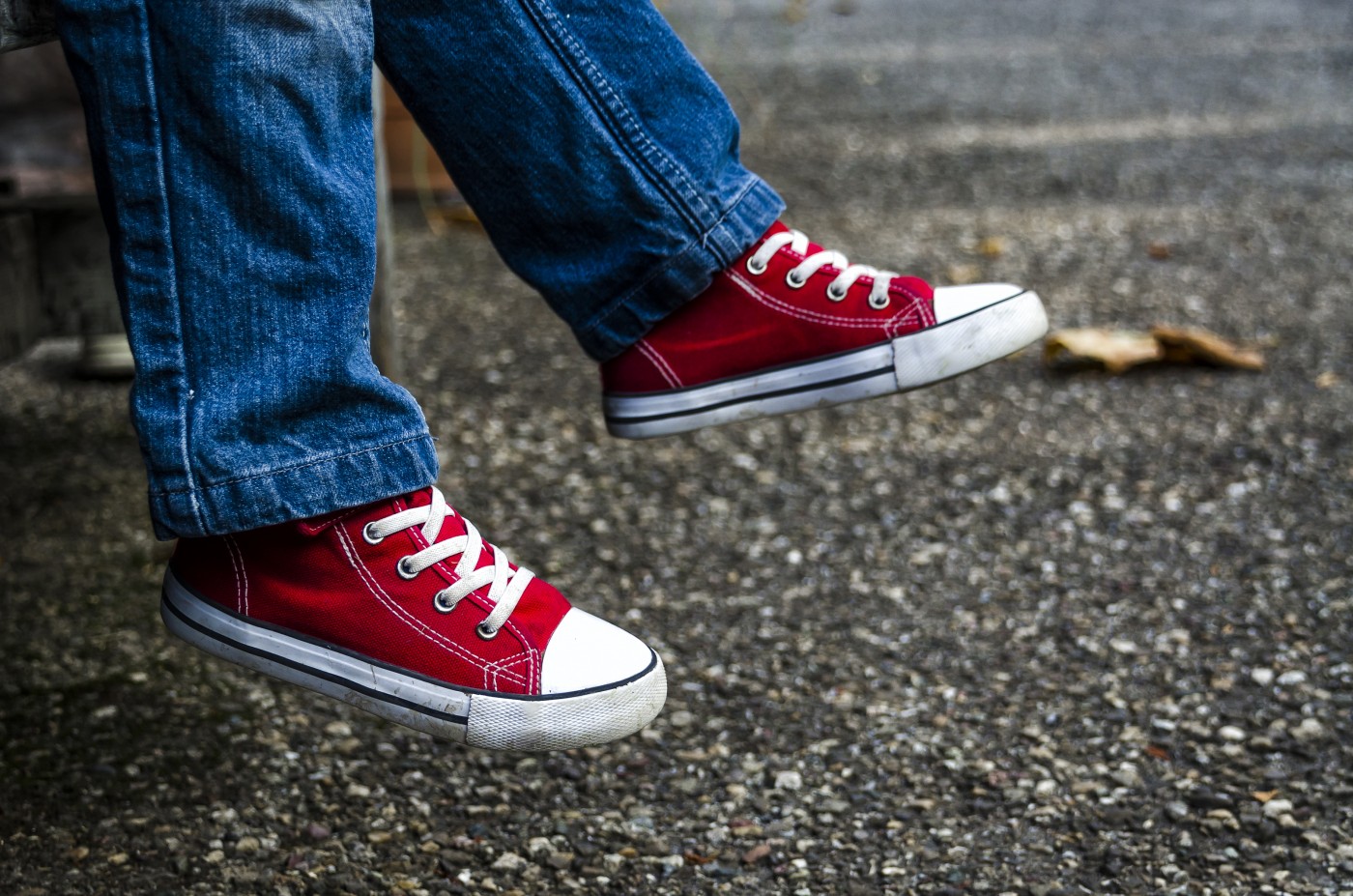Study Links Increased Motor Impairment to Lower Health-Related Quality of Life in Preschool CP Kids

The more severe a cerebral palsy (CP) toddler’s motor impairment is, the worse that child’s health-related quality of life (HRQoL) will be, according to a recent Taiwanese study.
Motor impairment hurts children with CP by limiting their daily activities and participation in games and sports. This, in turn, affects their life satisfaction and health-related quality of life, which the World Health Organization defines as “a state of complete physical, mental and social well-being, and not merely the absence of disease or infirmity.”
The study, “Longitudinal changes in health-related quality of life in preschool children with cerebral palsy of different levels of motor severity,” appeared in the journal Research in Developmental Disabilities.
“When setting goals for CP rehabilitation, HRQoL is an important outcome,” researchers wrote. “However, no studies have compared longitudinal changes in the HRQoL of preschool children with CP with different degrees of motor severity. Understanding these associations may help clinicians to early identify children at a higher risk of a poor HRQoL and greater potential for a better outcome, and also to implement timely treatment strategies to promote HRQoL.”
The study, conducted at Chang Gung Memorial Hospital in Taipei, enrolled 73 CP children aged 1 to 5 with motor impairment. The kids were divided into three groups according to their level of motor severity, measured using the Gross Motor Function Classification System (GMFCS): mild (levels I–II), moderate (levels III–IV), and severe (level V).
Parents reported HRQoL at the start of the study and again six months later, using the TNO-AZL Preschool Quality of Life (TAPQOL). During the six-month period, 69 children (89 percent) received physical therapy, 62 (80 percent) received occupational therapy and 31 (40 percent) received speech therapy.
Results showed that children at level V had lower HRQoL from their parents’ perspective than children at levels I through IV, except for the non-motor subdomain of physical functioning at follow-up.
At the six-month follow-up, children in the level V group showed greater improvement in physical and cognitive functioning, but also a greater deterioration of emotional functioning compared to those in levels I and II.
“Motor severity was associated with HRQoL scores in all domains and changes in some domains in children with CP,” researchers concluded. “Clinicians should early identify children at risk of a poor HRQoL and plan timely treatment strategies to enhance this parameter in children with CP.”


